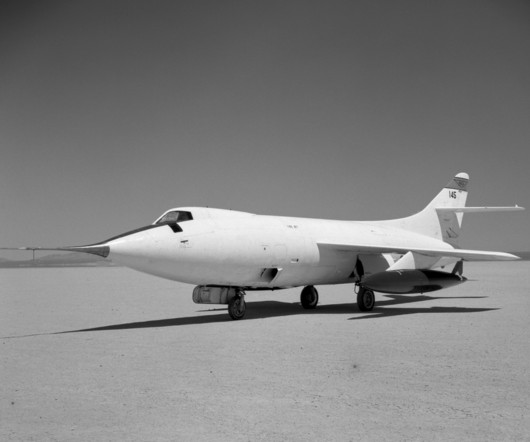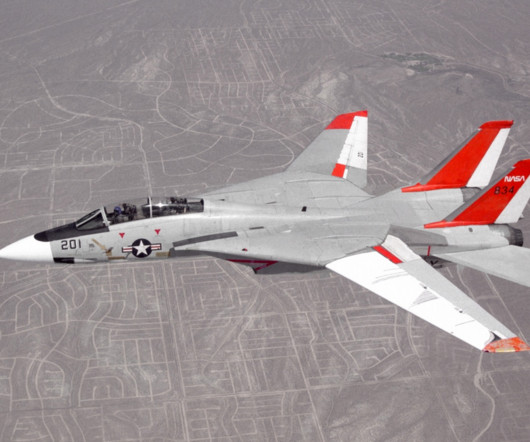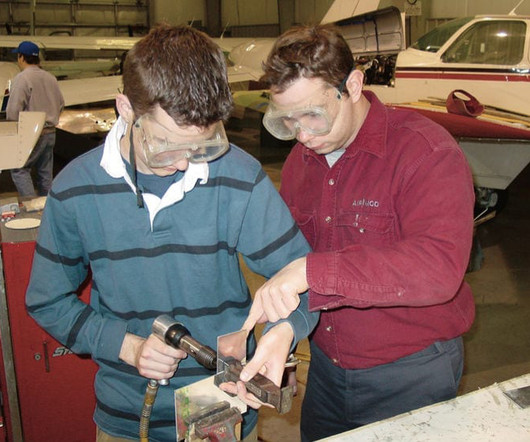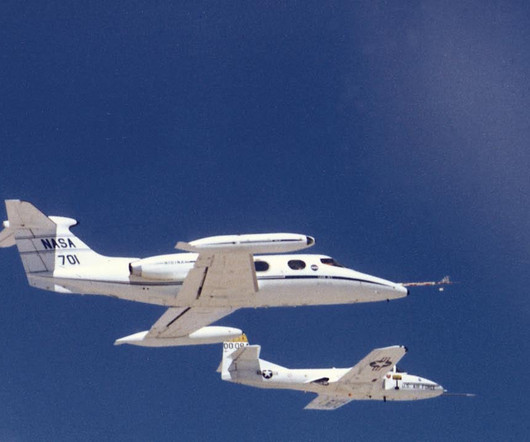Types of Pilot Licenses Explained (Student, Recreational, Private, Commercial, ATP, and more)
Pilot Institute
APRIL 22, 2025
Pilots can have multiple licenses. Each license gives a pilot different privileges. Pilots usually start by getting their Private Pilot license and then work towards a commercial pilot license if they are interested in being a pilot as a career. But its a necessary step to obtain higher pilot certification.




















Let's personalize your content